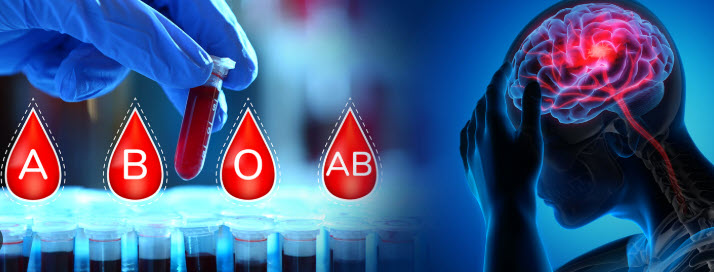Recent research highlights significant progress in treating post-stroke vascular dementia (PSVD), moving beyond symptomatic management toward novel, targeted interventions. A multimodal approach is emerging as the most promising strategy, combining pharmacotherapy, brain stimulation, and comprehensive lifestyle interventions to address the complex pathology of PSVD.
Key research advances:
- Repurposing cardiovascular drugs: Phase 2 trials have shown that the combination of isosorbide mononitrate and cilostasol, used for other cardiovascular issues, significantly improves cognitive outcomes and reduces dependency in patients following a lacunar stroke.
- Targeting vascular mechanisms: Early-stage research is exploring drugs that specifically target endothelial dysfunction, the breakdown of the blood-brain barrier, and impaired waste clearance via the glymphatic system. Agents like the soluble guanylyl cyclase stimulator CY6463 and the existing blood pressure medication amlodipine are under investigation for their potential to restore cerebral blood flow and prevent cognitive decline.
- Non-invasive brain stimulation: Systematic reviews indicate that non-invasive techniques like transcranial direct current stimulation (tDCS) and repetitive transcranial magnetic stimulation (rTMS) show significant and consistent benefits for cognitive function in stroke survivors. Early intervention within three months post-stroke is associated with the most reliable outcomes.
- Lifestyle modifications: Evidence-based lifestyle changes are crucial for managing PSVD. Research supports the benefits of aerobic and strength training, adherence to diets like the MIND diet, and control of comorbidities such as hypertension, diabetes, and hyperlipidemia to slow cognitive decline.
- Emerging therapies: Investigational areas include stem-cell therapy and the modulation of the gut microbiome, though more research is needed to establish their safety and efficacy.
An effective strategy for PSVD requires a personalised, multidisciplinary approach that integrates the following components:
- Early and aggressive risk factor management: Controlling blood pressure, cholesterol, and diabetes is essential to prevent further vascular damage.
- Targeted rehabilitation: Incorporating cognitive training alongside promising neuro-modulation techniques like tDCS.
- Comprehensive support: Addressing mood disorders, such as anxiety and depression, with psychotherapy and pharmacotherapy is critical for overall well-being.
While there is no cure for PSVD, advances in research are providing new hope. The field is moving toward interventions that actively repair vascular and neural damage rather than simply managing symptoms. Further research is necessary, particularly with larger clinical trials, to confirm the efficacy and long-term benefits of these novel therapies.
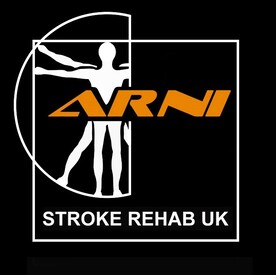
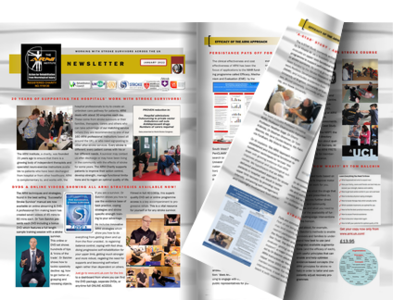
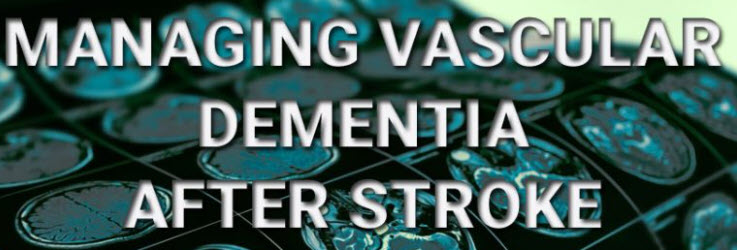
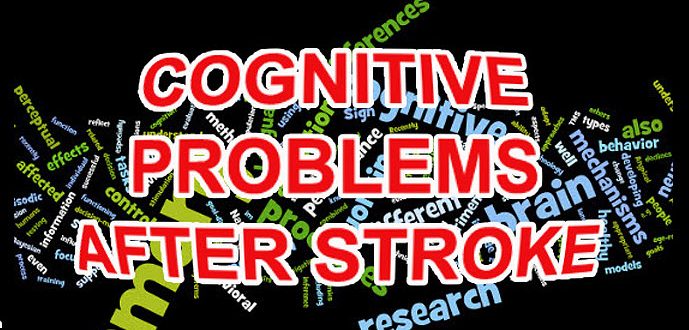
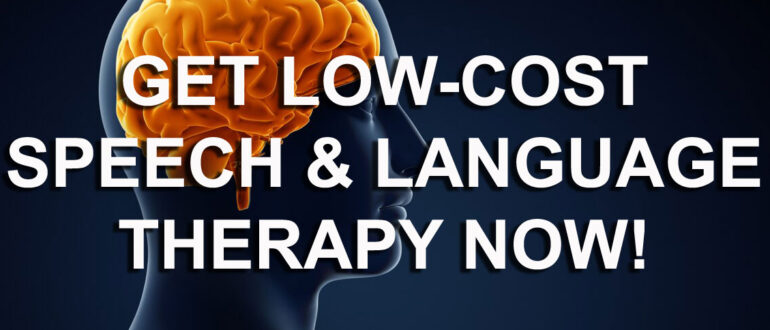
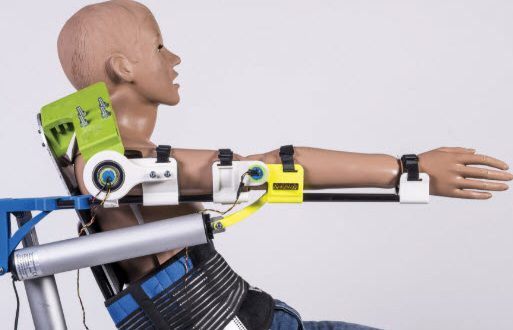
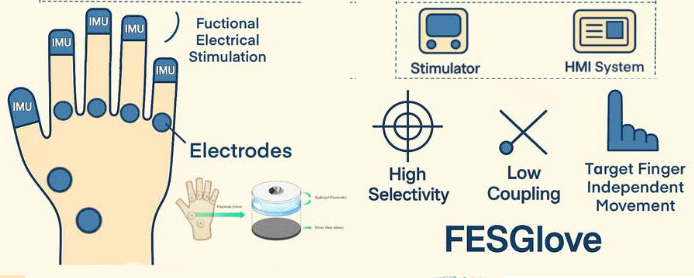
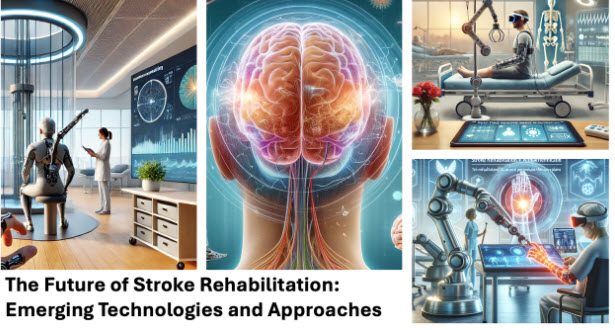
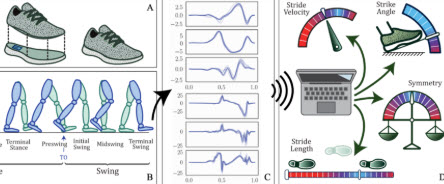
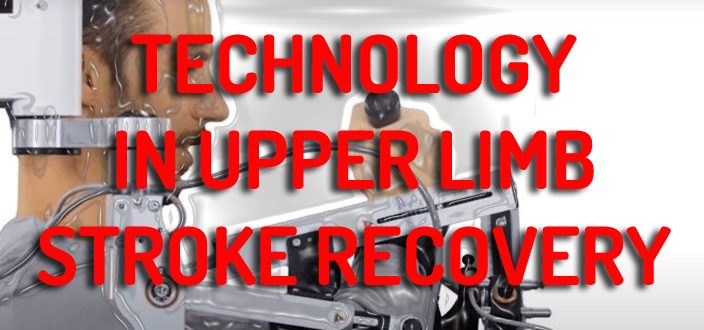
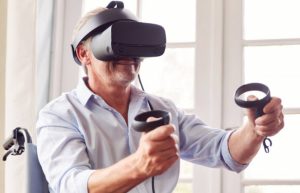 Virtual Reality (VR) is transforming monotonous exercises into interactive games, boosting patient engagement and motivation. Studies have shown that when used alongside traditional therapy, VR can significantly improve motor function and quality of life for stroke survivors.
Virtual Reality (VR) is transforming monotonous exercises into interactive games, boosting patient engagement and motivation. Studies have shown that when used alongside traditional therapy, VR can significantly improve motor function and quality of life for stroke survivors.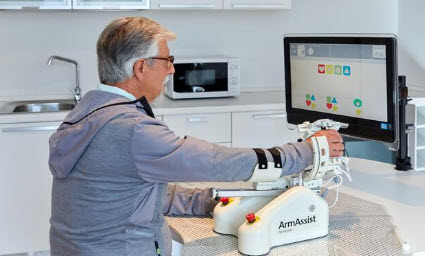 Robotic devices can also supplement therapy by assisting with intensive, repetitive exercises that might otherwise be too demanding for therapists or patients. The best results often occur when robotic therapy is combined with conventional methods, and different robots are suited for varying needs.
Robotic devices can also supplement therapy by assisting with intensive, repetitive exercises that might otherwise be too demanding for therapists or patients. The best results often occur when robotic therapy is combined with conventional methods, and different robots are suited for varying needs.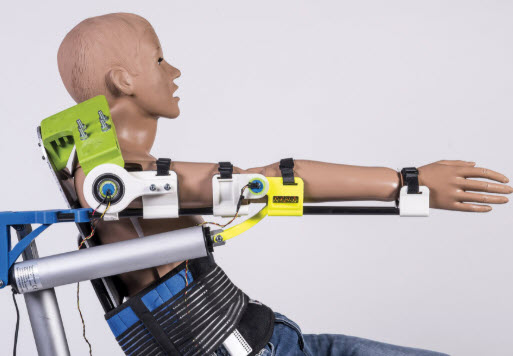 Upper limb exoskeletons operate in several modes to help with different stages of recovery:
Upper limb exoskeletons operate in several modes to help with different stages of recovery: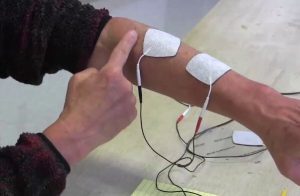 Functional Electrical Stimulation (FES) uses electrical pulses to activate muscles artificially, helping to practice functional tasks like grasping and reaching. When coupled with voluntary movement, this technique can help promote neuroplasticity, the brain’s ability to reorganize itself. Surface electrodes can be placed on the skin, or in more advanced setups, integrated into electrode arrays on a fabric sleeve or orthosis.
Functional Electrical Stimulation (FES) uses electrical pulses to activate muscles artificially, helping to practice functional tasks like grasping and reaching. When coupled with voluntary movement, this technique can help promote neuroplasticity, the brain’s ability to reorganize itself. Surface electrodes can be placed on the skin, or in more advanced setups, integrated into electrode arrays on a fabric sleeve or orthosis.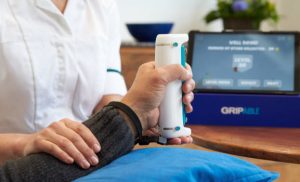 Wearable sensors take the form of wrist-worn sensors or special gloves can track arm movements and provide real-time feedback through a tablet or app. Gamified devices have also been available for many years. Both the following are produced by long-term colleagues of ARNI: GripAble, is a great example which turns exercises into engaging, fun activities for at-home use. And Neuroball
Wearable sensors take the form of wrist-worn sensors or special gloves can track arm movements and provide real-time feedback through a tablet or app. Gamified devices have also been available for many years. Both the following are produced by long-term colleagues of ARNI: GripAble, is a great example which turns exercises into engaging, fun activities for at-home use. And Neuroball
